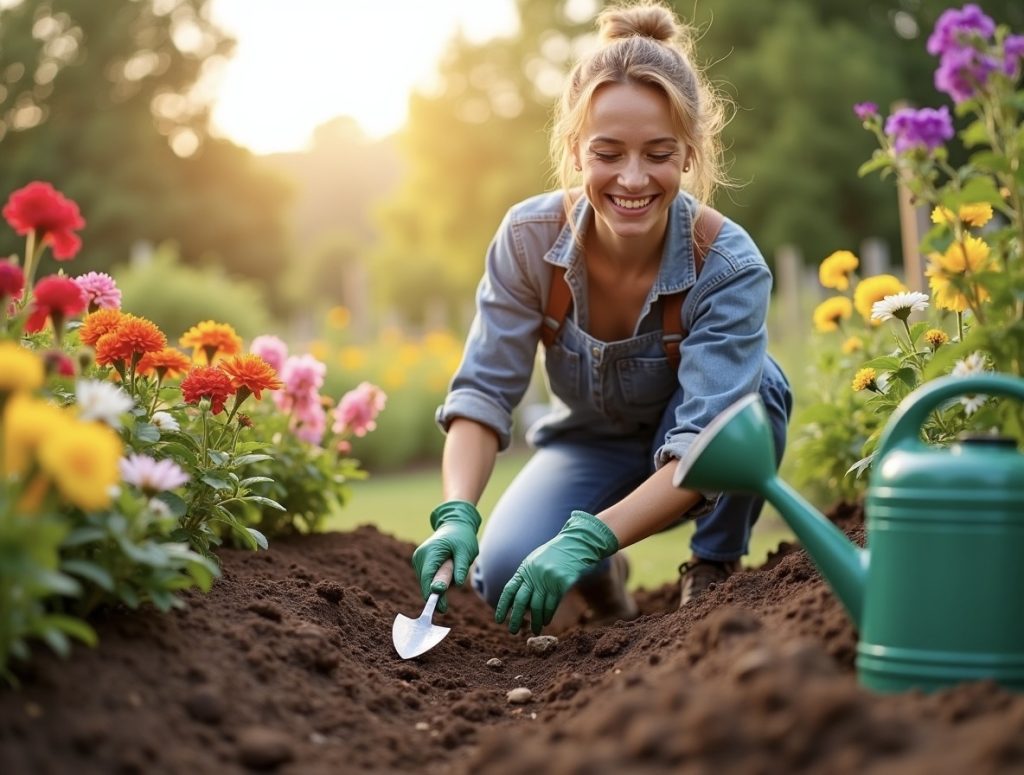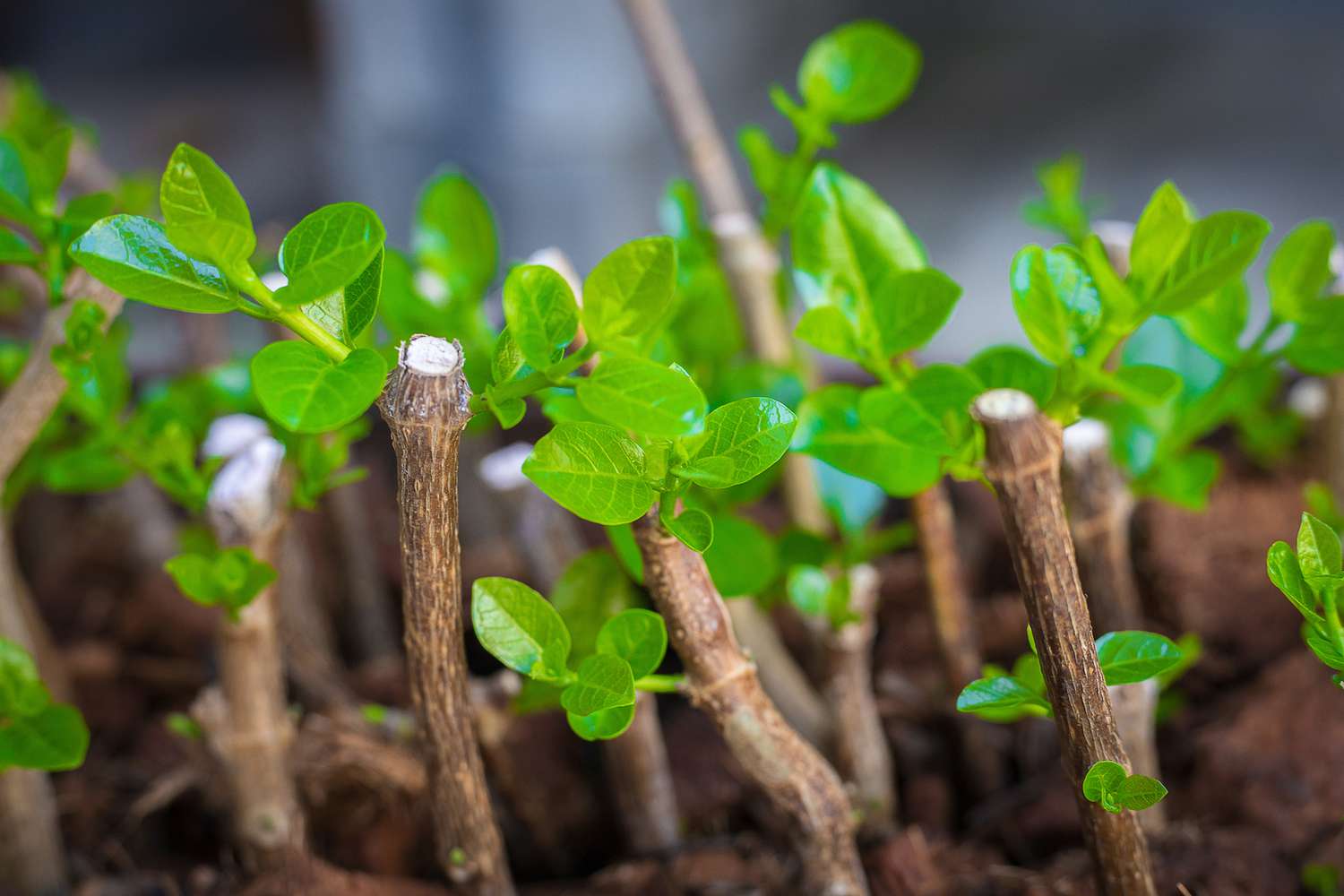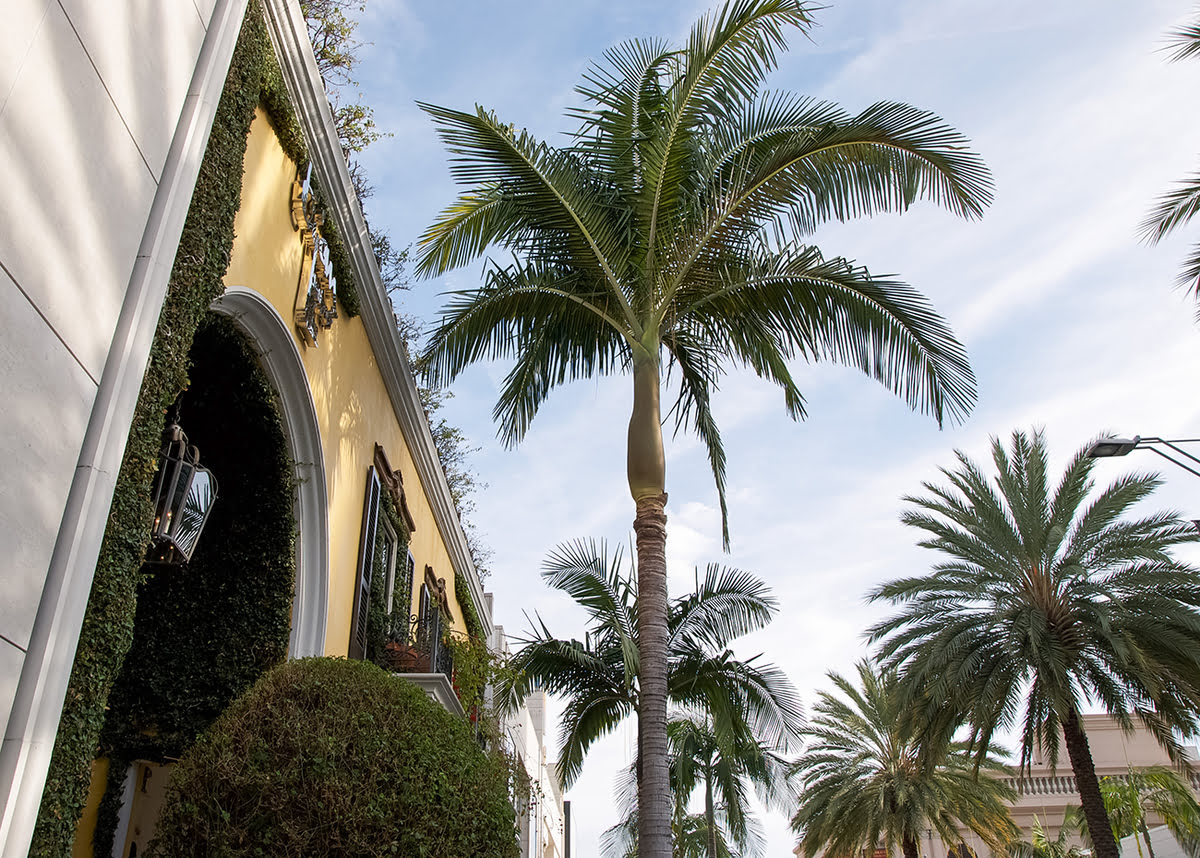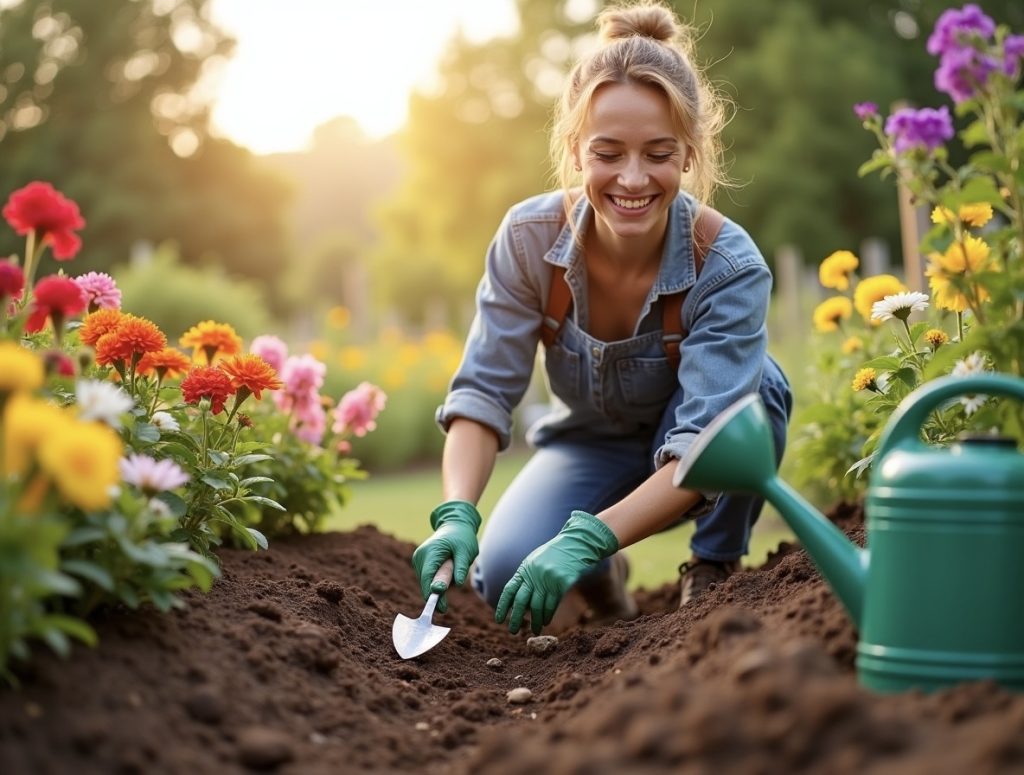Home>Gardening Techniques>Plant Care>How To Grow Palm Trees From Seeds
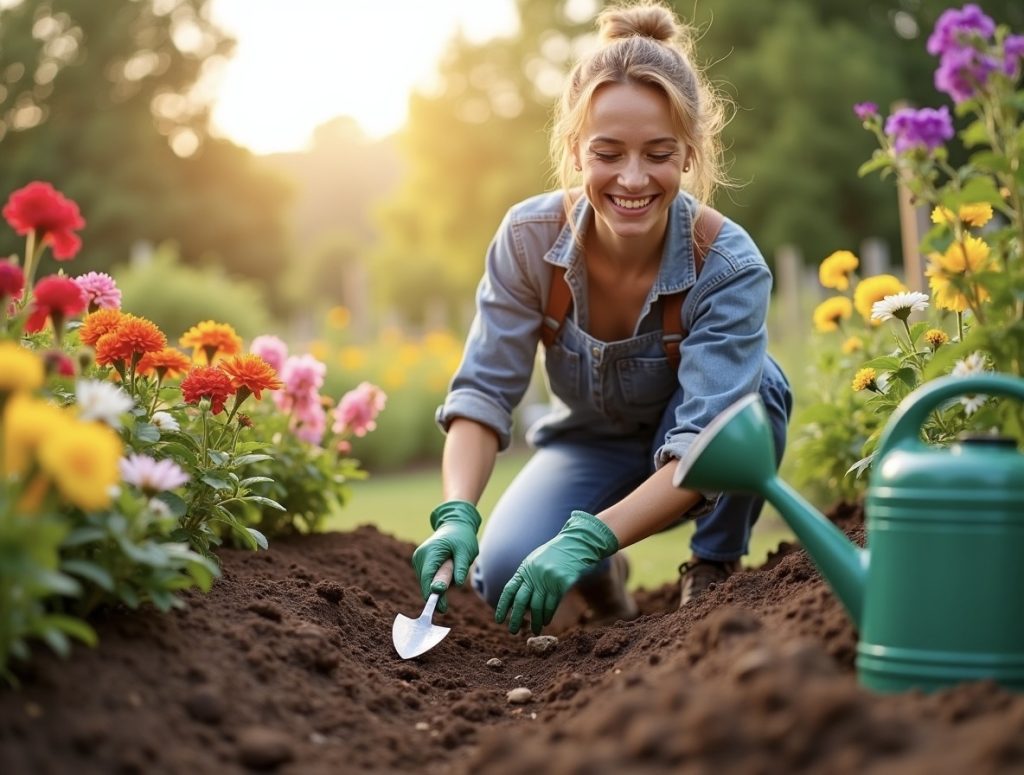

Plant Care
How To Grow Palm Trees From Seeds
Modified: January 22, 2024
Learn how to grow palm trees from seeds with our comprehensive plant care guide. Master the art of palm tree propagation and enjoy lush greenery in your home or garden.
(Many of the links in this article redirect to a specific reviewed product. Your purchase of these products through affiliate links helps to generate commission for Chicagolandgardening.com, at no extra cost. Learn more)
Table of Contents
Introduction
Welcome to the world of plant care, where we will explore the fascinating journey of growing palm trees from seeds. Palm trees are not only iconic in tropical landscapes but also add a touch of exotic beauty to any garden or indoor space. Whether you’re a passionate green thumb or a beginner, learning the art of growing palm trees from seeds can be a rewarding and fulfilling experience.
Growing palm trees from seeds is a process that requires patience, attention to detail, and the right techniques. It may seem challenging at first, but with the right knowledge and care, you can cultivate your own lush oasis of palm trees.
In this guide, we will take you through the step-by-step process of collecting, preparing, planting, and caring for palm seeds. We’ll also provide you with tips and tricks to ensure your palm trees thrive and flourish in their new environment. So, let’s dive into the magical world of palm tree propagation and discover the secrets to successful germination and growth.
Before we start, it’s important to note that different palm tree species require different care and growing conditions. It’s essential to research the specific requirements of the palm species you are working with to ensure optimal results. With that in mind, let’s explore the exciting journey of growing palm trees from seeds!
Collecting Palm Seeds
Before you can start the process of growing palm trees from seeds, the first step is to collect the palm seeds. However, it’s important to note that not all palm trees produce viable seeds, and the best time to collect the seeds varies depending on the species. Here are some tips to help you collect palm seeds successfully:
- Observe the palm tree: Take a close look at the palm tree you wish to collect seeds from. Look for mature fronds that are producing clusters of fruits or seeds. These fronds are often at the top of the tree and can be easily spotted.
- Timing is key: Timing is crucial when collecting palm seeds. Wait until the fruits or seeds are fully mature and have changed color. This indicates that they are ready for harvesting. Harvesting too early may result in immature seeds that won’t germinate.
- Gather fallen seeds: If you notice fallen seeds or fruits on the ground beneath the palm tree, collect them. These seeds may still be viable and can be used for propagation. Remember to handle the seeds with care to avoid damaging them.
- Ask permission: If the palm tree is located on public or private property, it’s important to seek permission before collecting seeds. Some areas have regulations regarding the collection of plants and their seeds.
Once you have collected the palm seeds, it’s time to move on to the next step: choosing the right seeds for planting. This involves selecting healthy and viable seeds that have a higher chance of germinating and growing into healthy palm trees. Let’s explore the process of selecting the right palm seeds in the next section.
Choosing the Right Palm Seeds
When it comes to growing palm trees from seeds, selecting the right seeds is essential for successful germination and healthy plant growth. Here are some factors to consider when choosing palm seeds:
- Seed quality: Look for seeds that are plump, firm, and undamaged. Avoid seeds that are discolored, shriveled, or have signs of mold or insects.
- Freshness: Fresh seeds have a higher chance of germination. Choose seeds that have recently fallen from the tree or are still moist when squeezed gently.
- Species compatibility: Ensure that the palm seeds you select are from the same species as the palm tree you want to grow. This is important because different palm species have different growth requirements and characteristics.
- Genetic diversity: If you plan to grow multiple palm trees, it’s beneficial to choose seeds from different individuals to promote genetic diversity. This can result in healthier and more resilient plants.
- Local adaptation: Consider sourcing palm seeds from local trees or reputable nurseries in your region. Local seeds are often adapted to the climate and environmental conditions of your area, increasing their chances of successful growth.
Once you have chosen the right palm seeds, it’s time to prepare them for planting. Proper preparation ensures the seeds are in optimal condition to germinate and establish strong roots. In the next section, we will explore the steps to prepare palm seeds for planting.
Preparing the Seeds for Planting
Before planting palm seeds, it’s important to prepare them properly to increase their chances of successful germination. Proper preparation helps to remove any barriers that may prevent seeds from sprouting and ensures they have the best conditions for growth. Here are the steps to prepare palm seeds for planting:
- Remove fruit pulp: Many palm seeds are surrounded by a fleshy fruit pulp that can inhibit germination. To remove the pulp, soak the seeds in water for a few days, changing the water daily. The pulp will soften, making it easier to scrub off gently. Rinse the seeds thoroughly and pat them dry.
- Scarification: Some palm seeds have a hard outer shell, which can be tough for water and air to penetrate. To enhance germination, you can scarify the seeds. Gently rub the seeds with sandpaper or make small scratches on the shell using a knife. Be careful not to damage the inner embryo.
- Stratification: Stratification is a process that mimics the natural cold and moist conditions that some palm seeds require to break dormancy and germinate. Place the prepared seeds in a plastic bag with a moistened paper towel or sphagnum moss and seal it. Refrigerate the bag for a few weeks, periodically checking the moisture level.
- Float test: Before planting, it’s a good idea to conduct a float test to identify viable seeds. Fill a container with water and gently place the prepared seeds into it. Seeds that sink to the bottom are likely to be viable, while seeds that float may be empty or non-viable.
Once the palm seeds are prepared, they are ready to be planted and start their journey towards becoming beautiful palm trees. In the next section, we will explore the steps involved in planting palm seeds and providing them with the ideal growing conditions.
Planting the Palm Seeds
Planting palm seeds is an exciting step in the journey of growing palm trees. By providing the right soil, moisture, and temperature conditions, you can create an optimal environment for the seeds to sprout and develop into healthy seedlings. Here are the steps to plant palm seeds:
- Choose the planting container: Select a container that has drainage holes to prevent waterlogging. It should also be deep enough to accommodate the growing roots of the palm seedlings.
- Select the planting medium: Use a well-draining potting mix suitable for palm trees. Avoid heavy soils that may retain excess moisture and lead to root rot. A mix of peat moss, perlite, and a little sand can provide a suitable growing medium.
- Moisten the planting medium: Before planting, moisten the planting medium but avoid making it waterlogged. The soil should be damp but not soggy.
- Plant the seeds: Create a small hole in the planting medium for each seed. Place the prepared seeds in the hole, covering them with a thin layer of moistened soil. Ensure the seeds are planted at the proper depth, which is usually twice their size.
- Provide warmth and moisture: To enhance germination, it’s important to create a warm and humid environment. Cover the container with a transparent plastic bag or use a mini greenhouse to retain moisture and create a greenhouse effect. Place the container in a warm spot with temperatures around 77-85°F (25-29°C).
- Maintain the moisture levels: Regularly check the moisture levels in the planting medium and the inside of the plastic bag. Keep the soil consistently moist but not overly wet. Mist the seeds with water when needed to maintain the humidity.
- Be patient: Germination can take anywhere from a few weeks to several months, depending on the palm species. Some palms may even take a year or longer to sprout. Be patient and avoid disturbing the seeds during this time.
By following these steps and providing the right care, you are setting the foundation for successful palm seed germination. Once the seeds have germinated and the palm seedlings have started to grow, it’s important to provide them with the ideal growing conditions to ensure their healthy development. We will explore the necessary growing conditions and care in the next section.
Providing the Ideal Growing Conditions
After the palm seeds have successfully germinated and the seedlings have emerged, it’s crucial to provide them with the ideal growing conditions to ensure their healthy growth and development. Here are some key factors to consider:
- Light: Palm trees thrive in bright, indirect sunlight. Place the seedlings in a location where they receive several hours of filtered or dappled sunlight each day. Avoid exposing them to direct, intense sunlight, as it can scorch the delicate leaves.
- Temperature: Most palm species prefer warm temperatures ranging between 65-85°F (18-29°C). Ensure that the growing area maintains a consistent temperature within this range to promote healthy leaf growth and overall plant development.
- Humidity: Palm trees generally prefer a humid environment. If the air in your growing space is dry, consider using a humidifier or placing a tray filled with water near the seedlings to increase humidity levels.
- Watering: Proper watering is essential for palm tree growth. Keep the soil evenly moist but not waterlogged. Allow the top inch of soil to slightly dry out before watering again. Avoid overwatering, as it can lead to root rot.
- Fertilization: Palm trees require regular feeding to provide them with essential nutrients. Use a slow-release palm fertilizer or a well-balanced, water-soluble fertilizer specifically formulated for palm trees. Follow the manufacturer’s instructions for application rates and frequency.
- Transplantation: As the palm seedlings grow, they will eventually outgrow their initial planting containers. Transplant them into larger pots or into the ground, ensuring that the soil is well-draining and rich in organic matter. Be careful not to damage the delicate roots during the transplantation process.
- Protection from pests: Keep an eye out for common pests that can affect palm trees, such as spider mites, mealybugs, and scale insects. Regularly inspect the leaves and stems for any signs of infestation, and take appropriate measures to control the pests if necessary.
By providing the ideal growing conditions, you are setting the stage for your palm tree seedlings to thrive and mature into beautiful, healthy trees. However, it’s important to note that different palm species may have specific requirements, so it’s essential to research and understand the specific needs of your chosen palm tree to ensure optimal growth.
Next, we will explore the process of caring for germinating palm seeds and seedlings to ensure their continued health and vigor.
Caring for the Germinating Seeds
Caring for germinating palm seeds is crucial to ensure healthy growth and development. During this early stage, the seeds are delicate and vulnerable, requiring specific attention and care. Here are some important tips for caring for germinating palm seeds:
- Monitor moisture levels: It’s important to keep the planting medium consistently moist but not overly wet. Check the moisture levels regularly and adjust watering as needed. Avoid allowing the soil to dry out completely or becoming waterlogged, as both extremes can hinder germination and seedling growth.
- Provide adequate ventilation: Proper air circulation is essential for healthy seedling development. Avoid overcrowding the seedlings, as this can lead to poor air circulation and increased risk of fungal diseases. If using a plastic cover, make sure to provide proper ventilation to prevent moisture buildup.
- Protect from extreme temperatures: Germinating palm seeds are sensitive to extreme temperatures. Keep them away from drafts, air conditioning vents, or heat sources that can cause fluctuations in temperature. Maintain a stable, warm environment within the preferred temperature range for the specific palm species.
- Trim off wilted or damaged leaves: As the seedlings grow, some leaves may naturally wither or become damaged. Trim off these leaves carefully using sterilized pruning shears to promote healthy growth and prevent the spread of diseases.
- Provide gentle support: As the seedlings develop their stems, they may benefit from gentle support to prevent them from bending or leaning. Use small stakes or bamboo skewers to provide support, being careful not to damage the delicate roots.
- Observe and address any issues promptly: Regularly inspect the seedlings for any signs of pests, diseases, or nutrient deficiencies. Address any issues promptly by using appropriate pest control measures, adjusting watering or fertilization, or seeking advice from gardening experts.
By providing proper care and attention to the germinating palm seeds, you are giving them the best start to life and setting the stage for their future growth. As the seedlings continue to develop and grow, it will be necessary to transplant them into larger containers or into the ground. We will explore the process of transplanting palm seedlings in the next section.
Transplanting Palm Seedlings
As your palm seedlings continue to grow, they will eventually outgrow their initial planting containers and require transplantation into larger pots or into the ground. Transplanting palm seedlings is an important step in their development, allowing them to establish stronger root systems and thrive in their permanent location. Here’s how to transplant palm seedlings effectively:
- Choose the right time: Transplant palm seedlings when they have outgrown their current containers but are still young and flexible. The best time for transplanting is during the warmer months, as palm trees prefer to establish their roots in warm soil.
- Prepare the new planting location: Whether you’re transplanting the seedlings into larger pots or a permanent outdoor spot, ensure the soil is well-draining and rich in organic matter. Improve the soil’s fertility by adding compost or well-rotted manure to provide the young palms with essential nutrients.
- Water the seedlings: Before transplanting, thoroughly water the seedlings in their original containers. This helps to keep the root ball intact during the transplantation process and reduces transplant shock.
- Gently remove the seedlings: Carefully remove the palm seedlings from their original containers, taking care not to damage the delicate roots. Gently loosen the root ball if it is tightly packed.
- Plant at the appropriate depth: Dig a hole in the new planting location that is slightly larger than the root ball of the seedling. Place the seedling in the hole and ensure that the base of the stem is at the same level as the surrounding soil. Backfill the hole with soil and gently press it down to eliminate air pockets.
- Water thoroughly: Once the seedlings are transplanted, give them a thorough watering to help settle the soil and hydrate the roots. Monitor the moisture levels and water consistently to keep the soil evenly moist in the first few weeks after transplantation.
- Provide shade and protection: Newly transplanted palm seedlings may require some shade and protection from direct sunlight to prevent stress. Use shade cloth or drape a thin cloth over the seedlings to reduce intensity until they adjust to their new environment.
After transplanting, continue to monitor the palm seedlings for any signs of stress or nutrient deficiencies. Ensure they receive adequate water and sunlight, and provide appropriate care based on the specific needs of the palm species you are growing. With time and proper care, your transplanted palm seedlings will grow into stunning palm trees, adding beauty and tropical vibes to your landscape or garden.
Maintaining and Pruning Palm Trees
Maintaining and pruning palm trees is essential for their long-term health and aesthetic appeal. Regular maintenance practices help ensure that the palms stay strong, free from diseases, and continue to flourish. Here are some key aspects to consider when it comes to maintaining and pruning palm trees:
- Watering: Palm trees require sufficient water, especially during dry periods. While they are drought-tolerant, consistent and deep watering is important for their overall well-being. Aim to water the palms deeply, allowing the water to penetrate the root zone. A layer of organic mulch around the base of the tree can help retain moisture.
- Fertilizing: Palm trees benefit from regular fertilization to replenish nutrient levels in the soil. Apply a slow-release palm fertilizer according to the recommended dosage and frequency. The fertilizer should contain essential micronutrients like magnesium, manganese, and iron, which are vital for palm tree health.
- Pruning dead or damaged fronds: Regularly inspect the palm tree for dead or damaged fronds (leaves). Prune these fronds close to the trunk using clean and sharp pruning tools. Removing dead or yellowing fronds not only improves the overall appearance of the tree but also reduces the risk of falling fronds and potential hazards.
- Trimming flowering stalks: Some palm species produce flowering stalks that eventually turn into clusters of seeds. Depending on your aesthetic preference and the needs of the palm, you may choose to trim these stalks after the seeds have fallen to maintain a tidy appearance.
- Inspecting for pests and diseases: Regularly examine the palm tree for signs of pests or diseases, such as discoloration, lesions, or visible insects. Common pests that affect palm trees include scales, mealybugs, and spider mites. Consult with a professional for appropriate pest control methods if you notice any infestation or disease symptoms.
- Supporting the trunk: As palm trees grow taller, they may require additional support to prevent bending or leaning. Use palm ties or fabric straps to secure the tree to a sturdy support stake. Avoid tying too tightly, as this can cause damage to the trunk.
- Inspecting for potential hazards: Palm trees should be regularly inspected for any potential hazards, such as dead or hanging fronds, loose bark, or unstable trunks. Address any issues promptly to ensure the safety of people and surrounding structures.
By implementing these maintenance and pruning practices, you can ensure the health and longevity of your palm trees. Remember to consider the specific needs of your palm species and consult with professionals if you have any concerns or need guidance on specific maintenance techniques. With proper care, palm trees can thrive and become beautiful focal points in your landscape.
Conclusion
Congratulations! You have learned the ins and outs of growing palm trees from seeds and how to provide them with the optimal care they need to thrive. By following the steps outlined in this guide, you can embark on a rewarding journey of nurturing palm seedlings into beautiful and resilient trees.
From collecting palm seeds to choosing the right ones, preparing them for planting, and providing ideal growing conditions, every aspect of the process is crucial for successful germination and growth. Caring for the germinating seeds requires attention to detail, and transplanting palm seedlings allows them to establish stronger root systems in their permanent location.
Maintaining and pruning palm trees is essential for their long-term health and aesthetics. Regular watering, fertilization, pruning of dead fronds, and monitoring for pests and diseases all play a part in keeping your palm trees flourishing.
Remember that different palm species may have specific care requirements, so it’s important to research and understand the unique needs of your chosen palm tree variety. By dedicating time and effort and providing the right conditions, you can enjoy the beauty and serenity of mature palm trees in your landscape or indoor space.
So, get ready to embark on this exciting journey of growing and caring for palm trees. With knowledge, patience, and a love for plants, you’ll be rewarded with lush and stunning palm trees that will bring a touch of the tropics to your surroundings. Happy growing!
